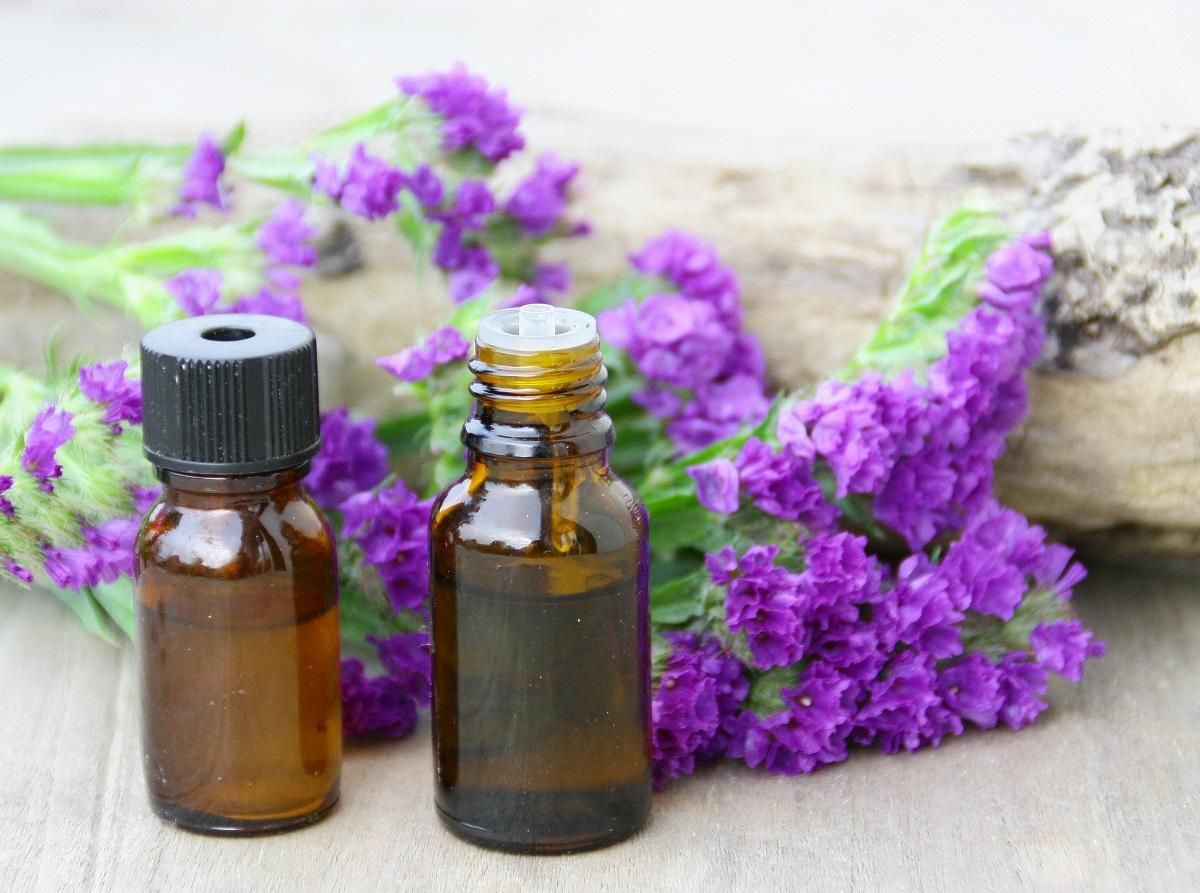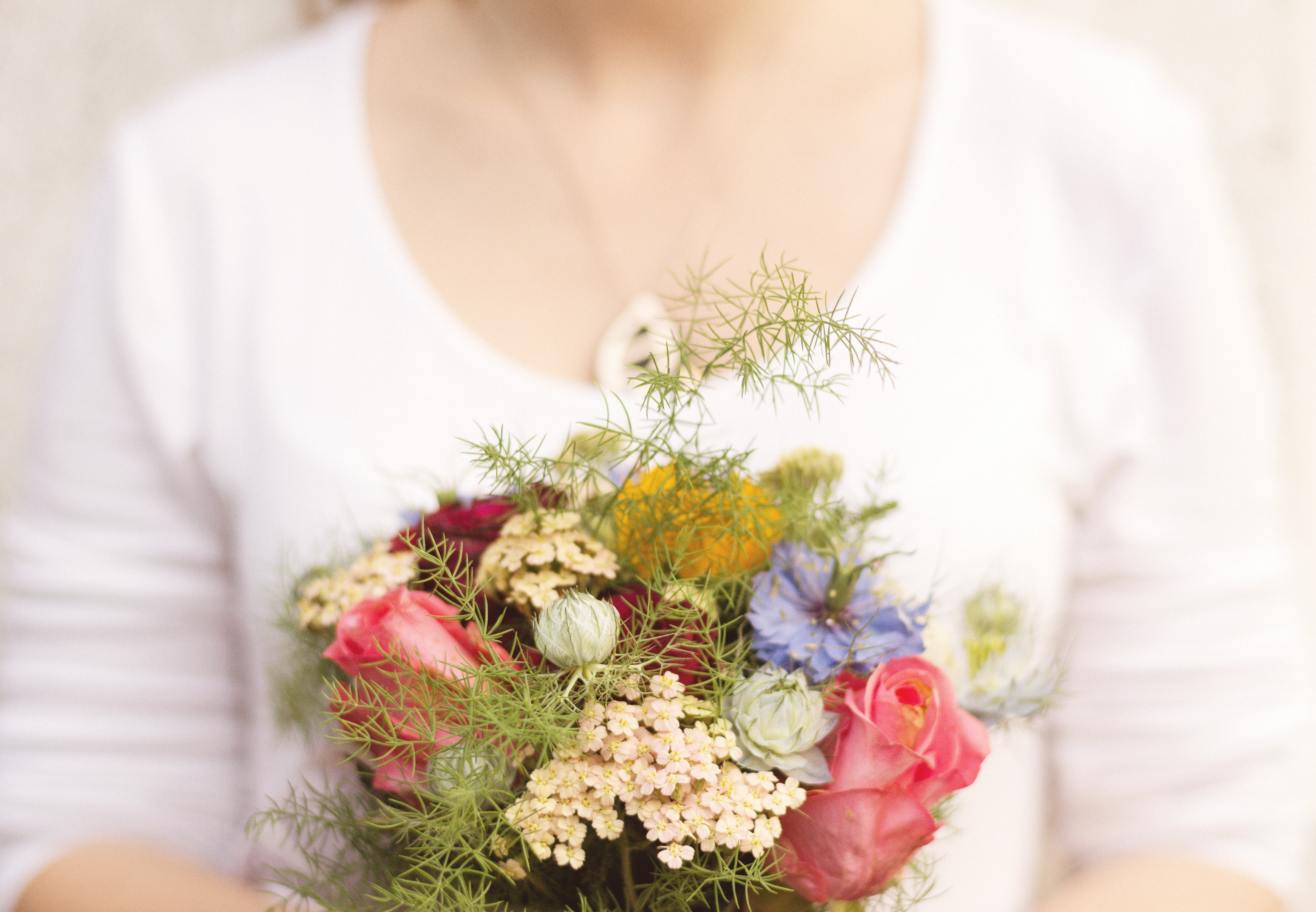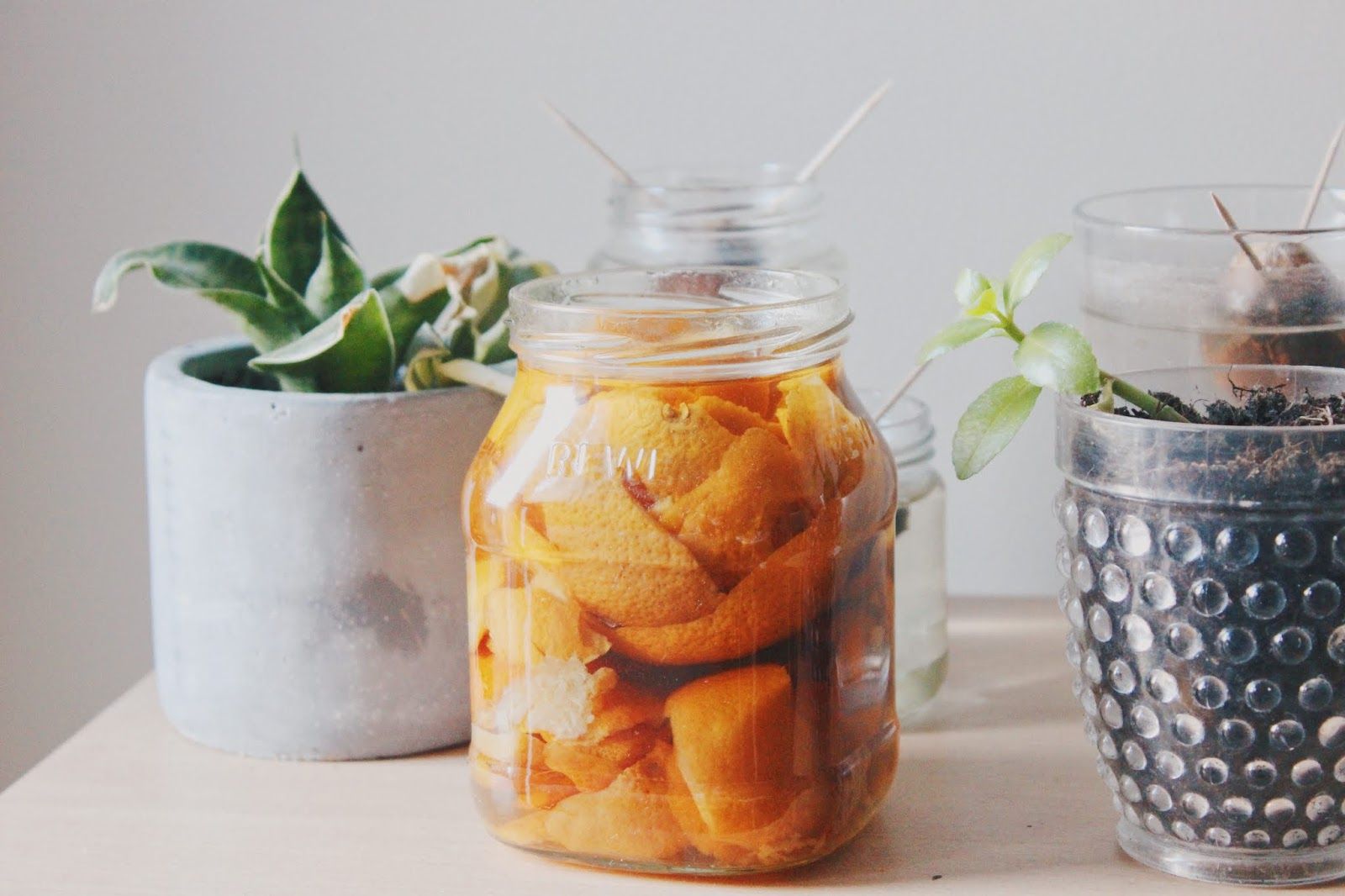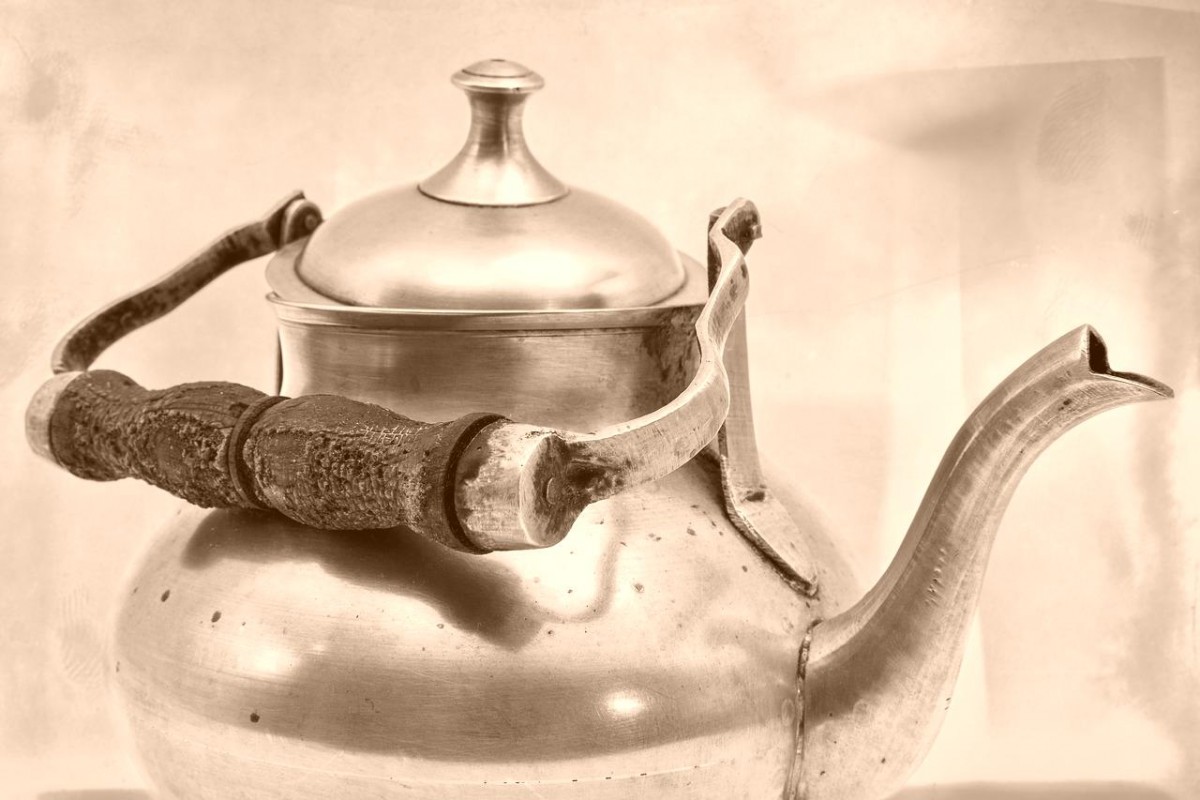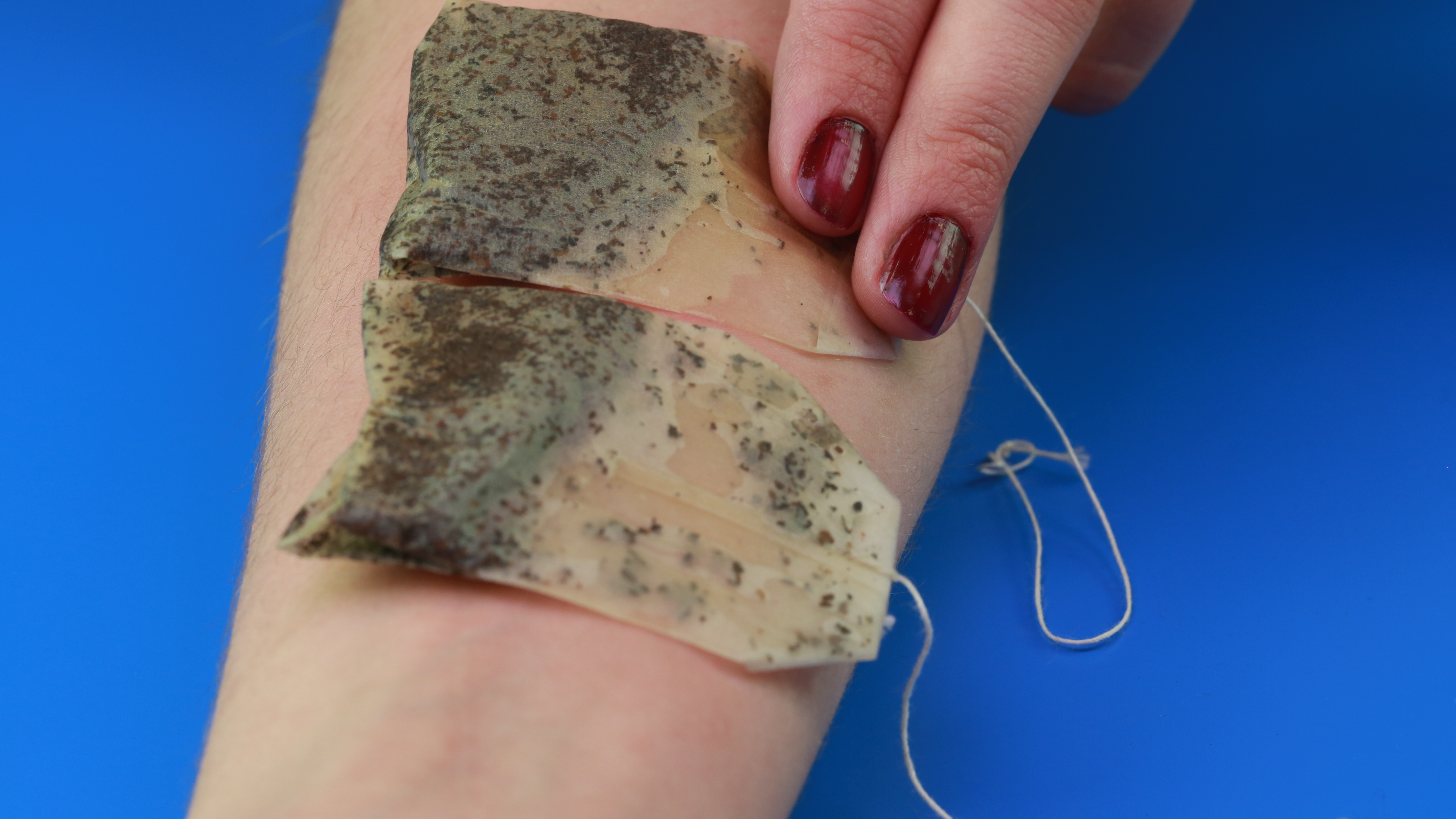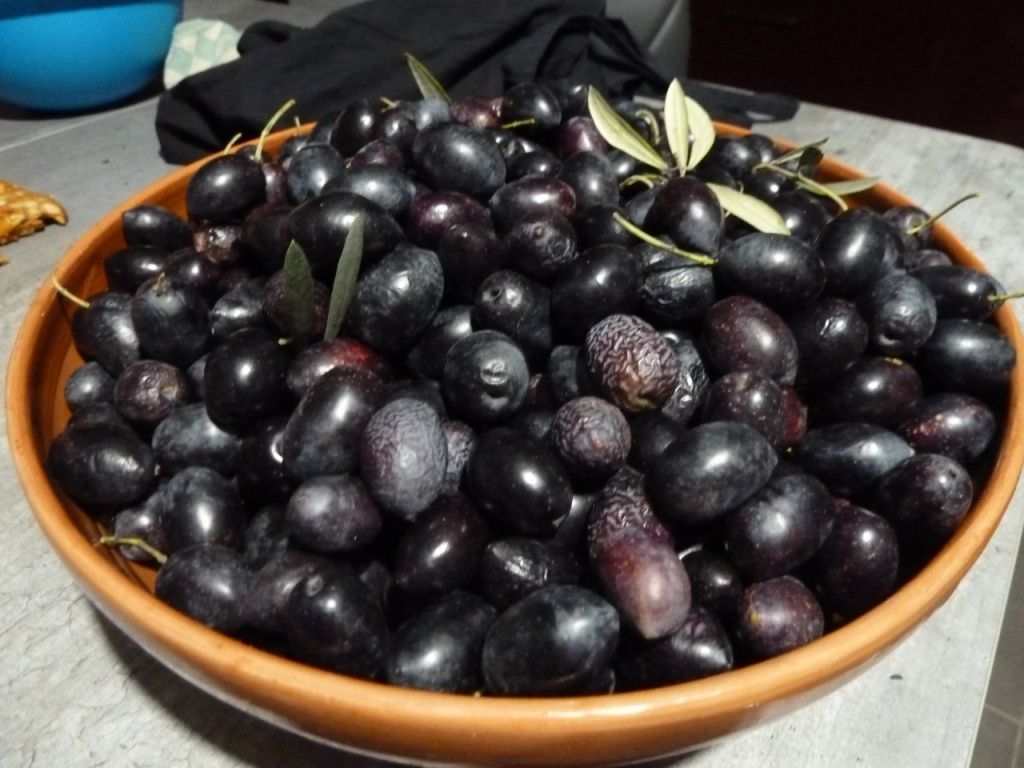20 Amazing Tips To Resurrect A DEAD PLANT.
What could be worse than taking good care of a plant and seeing it perish?
Or worse, to find her almost dead when she returns from vacation.
Fortunately, all may not be lost!
Often times, a plant that looks dead still has plenty of resources in it.
She can come to life almost miraculously if you help her get off to a good start.
here is 20 incredible tips to resuscitate a dead plant. Look :
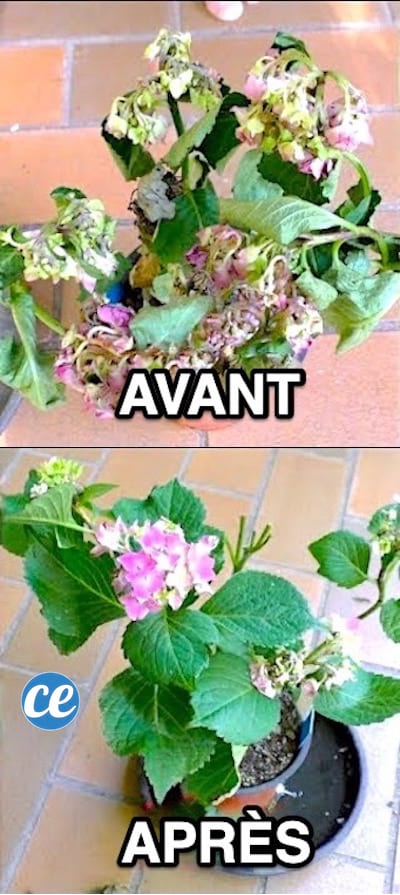
1. Check the condition of the plant first.
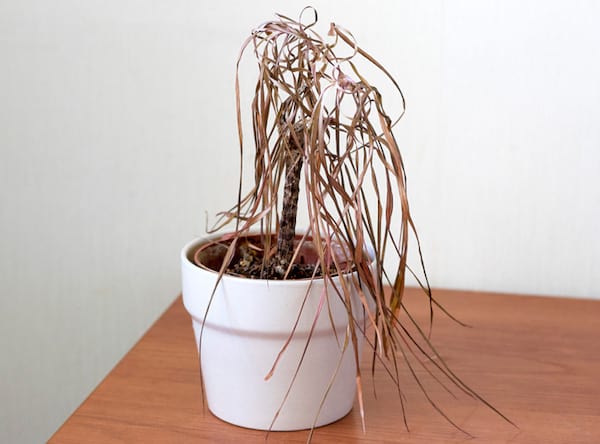
Just because the leaves are dry doesn't mean the plant is completely dead.
First of all, check the condition of the stems with this simple trick.
To do this, cut a small branch: if the inside is green, the sap is still flowing in the plant.
This therefore means that you will be able to save it.
If the stems are brittle, or the inside is brown, bad news: the plant is very likely to be dead.
Also check the condition of the roots. If they are completely dry, unfortunately we will not be able to do anything for the plant ...
2. Cut the dead parts
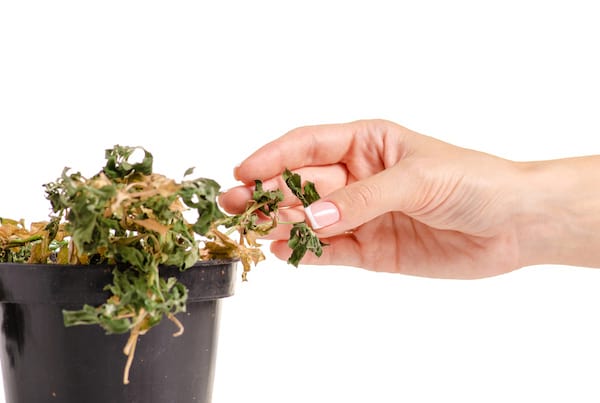
It is important to quickly rid the plant of dead parts in order to free it from this burden.
This is the best tip so that she can devote all her sap and her energy to the healthy parts and start afresh.
To do this, cut the dead leaves with a secateurs, then the dry stems.
Do this step by step, because as soon as you see green inside the stem, it means that it is healthy ...
... and that we must therefore stop cutting!
Thanks to this trick, new stems will start from cut stems.
3. Leave a few stems intact
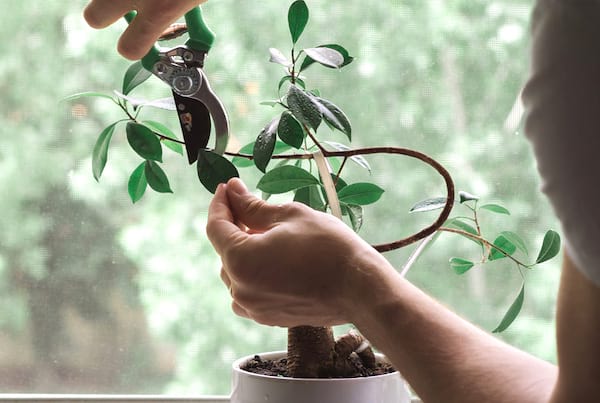
If the roots of the plant are still vigorous, do not completely cut the aerial part.
Instead, leave a few stems above the foot, about 5 cm.
This is where the plant will start from.
4. Find out why your plant is doing badly
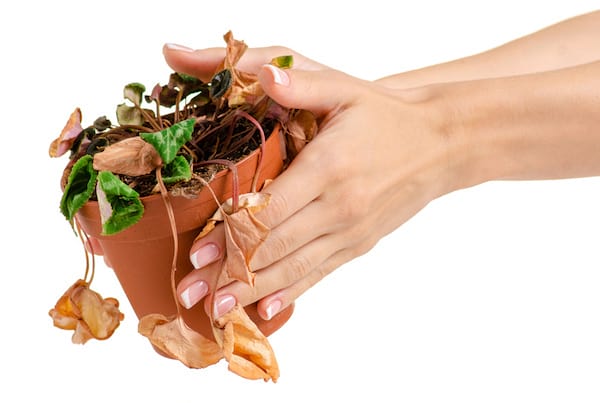
There can be several reasons why a plant is dying.
Either way, it's important to find out what's wrong with your plant.
Is it a lack of water? Nutrients? Parasites or disease? A lack of light?
Once the cause is found, you will be able to resuscitate it much more easily.
Let's take a look at how to find out what's wrong with the plant.
5. If your plant lacks water, water it.
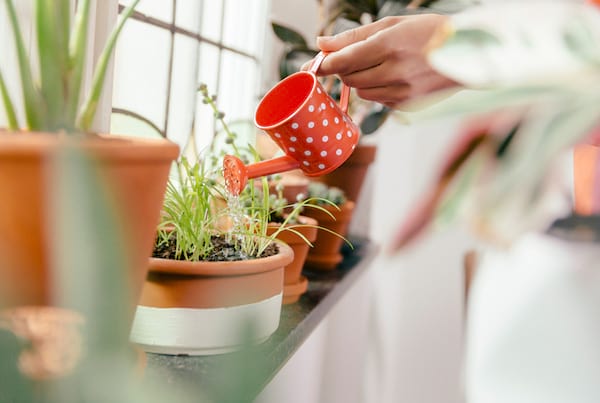
How do you know if a plant is lacking water?
Just look at the edges of its leaves.
If they are brown and curled up, it is a sign of dryness.
If the soil is peeling off the rim of the pot, this is another sign that there is a lack of water.
If all of these signs are there, water the plant right away.
But be careful, don't drown her either!
Water it gently over several days so that it is time to recover.
To discover : How often to water houseplants The Simple And Practical Guide
6. If your plant is dry, move it to a humid place.
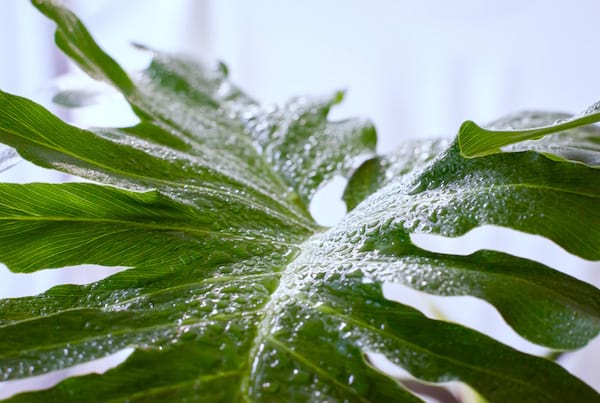
If the plant is dry and watering is not enough, move it to a humid place in the house.
And preferably without direct sunlight.
The bathroom is the perfect room for that!
It will then absorb the humidity of the room through the leaves.
This is a good method if you have an annoying tendency to forget about watering!
To discover : 8 Plants You Hardly Need To Water.
7. Use filtered water to water your plants.
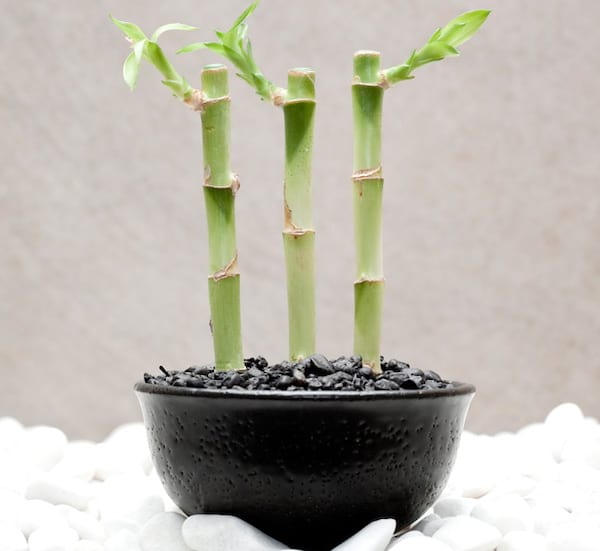
Some plants are very sensitive to chemicals found in irrigation water.
Chloride, fluoride but also lime present in tap water are harmful for some plants.
Bamboos, for example, cannot stand chlorinated water.
The best is then to use rainwater or filtered water.
To discover : Use a Rainwater Collector to Collect Free Water.
8. If your plant has been overwatered, put it in another pot.
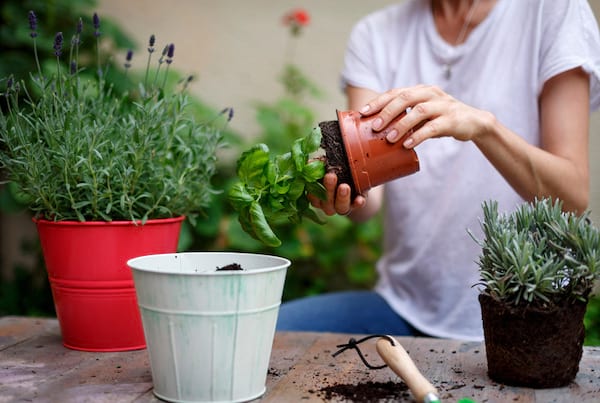
When a plant has been over-watered, it looks wilted, has yellowed leaves, and of course, the soil is soggy.
To prevent the plant from dying, lay the pot down so that the excess water drains.
Then, transplant the flower into a pot with dry soil.
It's not complicated and it can save the life of a dying plant.
9. Avoid putting fertilizer

If the plant is feeling slack, it may be tempting to give it a little fertilizer to restore vigor.
But don't do it right away! Why ?
Because fertilizer can indeed burn weakened roots.
To apply fertilizer, wait until the plant is well established.
10. Move your plant to sunlight
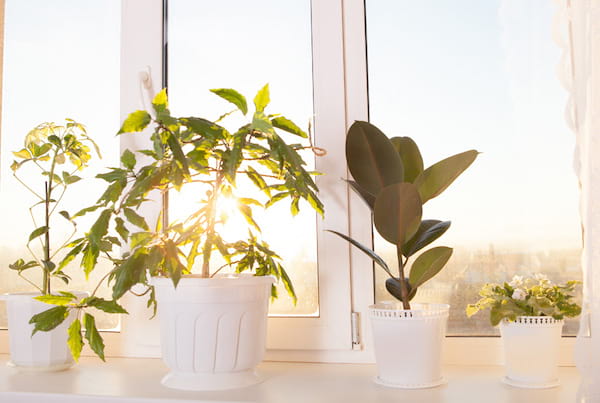
Some plants need a lot of light to grow.
If the plant has lacked: its leaves are pale, and its stems are weakened.
As a result, its growth slowed down.
The solution is simple, put the plant in the light or in full sun if it can bear it.
In a few days, we will see nothing but fire.
11. Let in more light
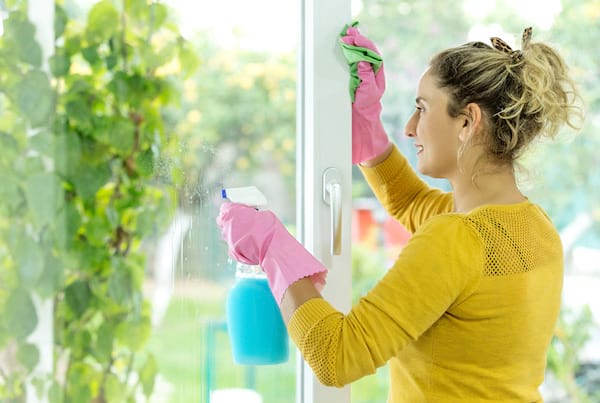
If your plant does not have enough light, consider washing the windows in the room as well.
Why ? Because it will make a real difference in terms of the sun's rays on the plant.
You can also put white gravel on the soil of the plant to reflect the light on the plant.
12. If your plant is burnt, put it in the shade
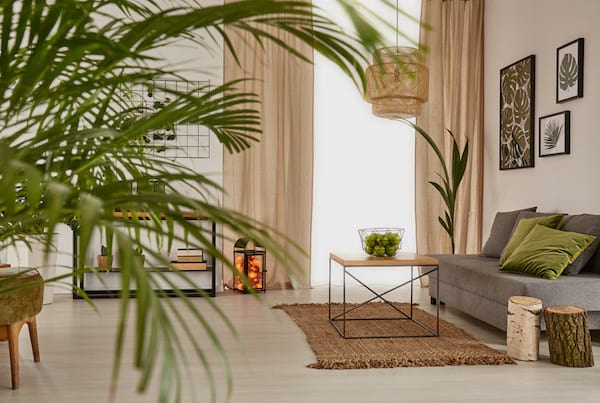
There are plants that hate direct sunlight.
When it does, the plant is burnt, and its leaves are dry with dark or whitish spots.
So how do you do it? Cut off excessively damaged leaves and move the plant to a shady, humid place.
Also remember to water it if necessary.
If you can't move the plant, find a way to put it in the shade: parasol, tarpaulin, awning ...
13. Reheat a plant that has frozen
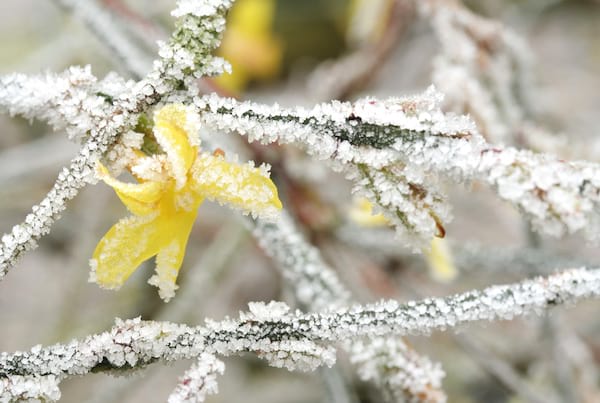
If one of your plants has taken a frost hit, it will wither and its leaves will change color.
Jasmine, vines and southern plants are particularly sensitive to frost.
Fortunately, there is a simple and effective trick to save a frozen plant.
To do this, start by cutting off the parts that have been burnt by the cold.
Then cover the rest of the plant with an overwintering veil or newspaper until the weather is warmer.
14. Feed your plants well

A plant that lacks essential nutrients is sure to die.
It withers, does not grow normally, its leaves are malformed and discolored, and the stems are weak.
To remedy this, transplant the plant in rich soil and regularly add a little natural fertilizer.
15. Use a larger pot
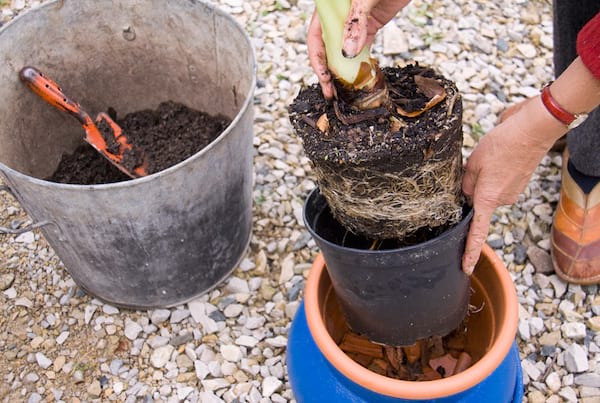
If you find that a potted plant is showing signs of fatigue, it may have grown too big for the pot.
The trick is to repot it in a larger pot with good, well-drained soil.
The roots will have more room to develop. No more dying plant!
16. Put a soluble fertilizer in the irrigation water.
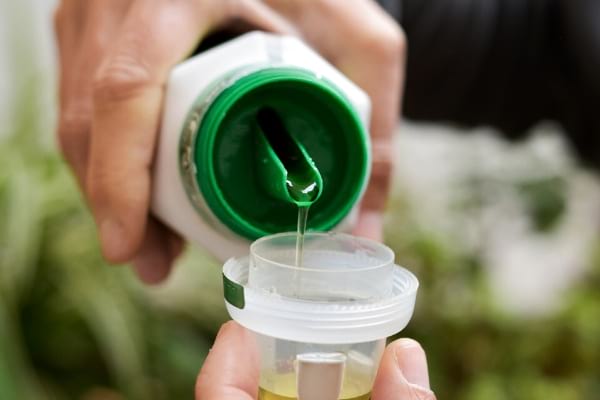
Putting too much fertilizer, or the wrong fertilizer will end up having more negative effects than positive ones like burning the roots.
However, your plants need fertilizer.
For this, use a fertilizer soluble in watering water regularly.
To discover : The 7 Best Do-It-Yourself Garden Fertilizers.
17. Apply fertilizer at the right time
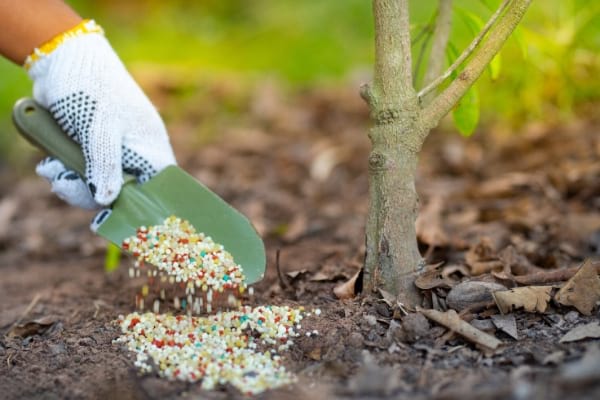
Apply the fertilizer at the right time. Yes, but which one?
A plant is fertilized during the growth period only, that is to say from spring to autumn.
There is no need to fertilize it in winter because the plants are resting, except for winter plants of course.
18. Fight against parasites
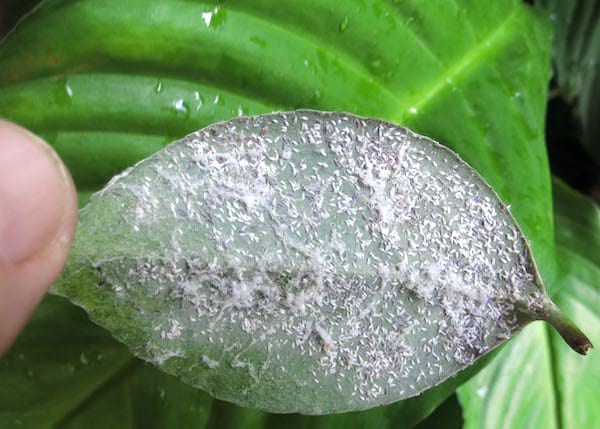
Pests can kill a plant or shrub in just a few days.
So monitor your plants regularly to avoid a disaster!
If they have leaves that are folded, curled, discolored, pitted, with strange growths, or you see critters on them, you need to act fast.
Very often, simple black soap diluted in water overcomes aphids, mealybugs, powdery mildew, blisters ... Discover the trick here.
19. Avoid attracting pests
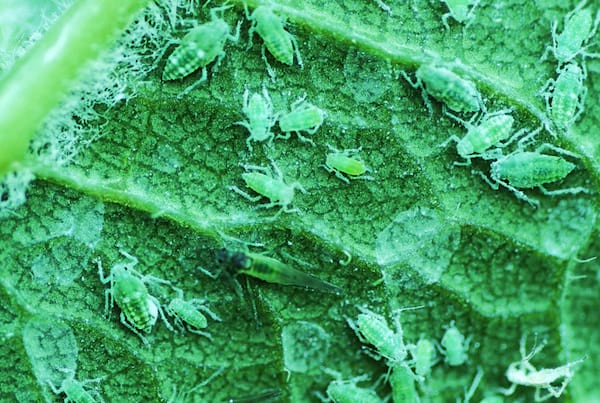
Avoid attracting pests near your plants!
How? 'Or' What ? It is simple and very effective.
For this, do not leave bowls of animal food, garbage or food scraps near your plants.
This is the best trick to avoid having plants attacked by pests.
To get rid of pests, you also need to understand why they are attracted to your flowers.
20. Isolate the diseased plant from other plants.
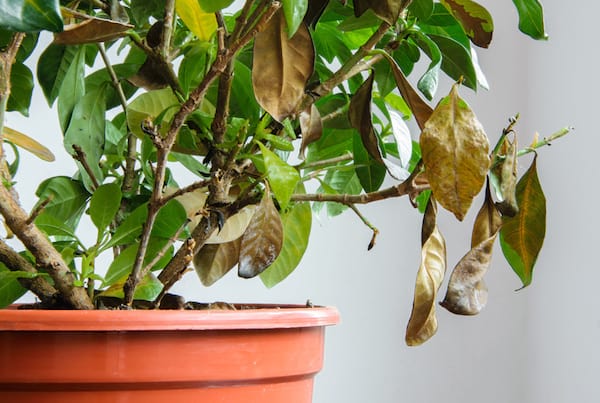
If your plant is sick, it is best to isolate it from other plants.
Why ? This helps prevent spread to others who are still healthy.
It's a bit like the coronavirus for us ;-)
Remove diseased leaves and burn them to prevent spreading.
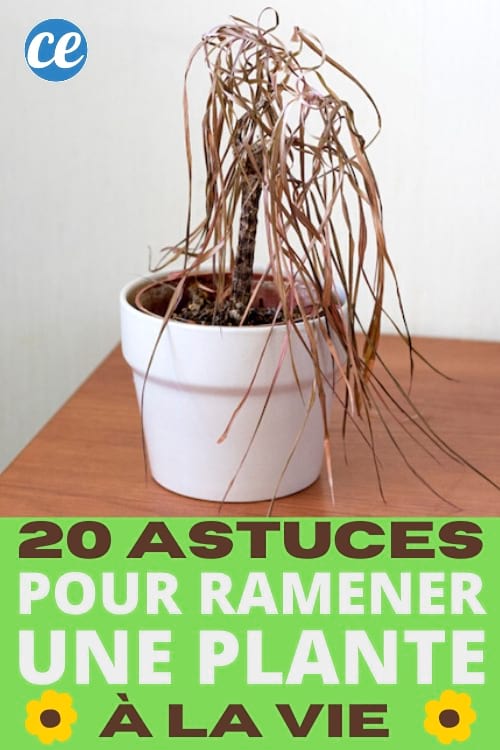
Your turn...
Have you tried these grandmother's tips to save your badly damaged plants? Tell us in the comments if it worked for you. We can't wait to hear from you!
Do you like this trick ? Share it with your friends on Facebook.
Also to discover:
The Brilliant Trick To SAVE a BAD Plant.
8 Plants You Hardly Need To Water.

